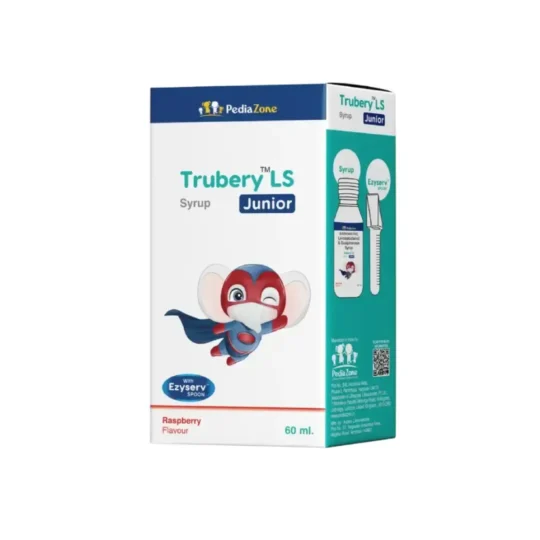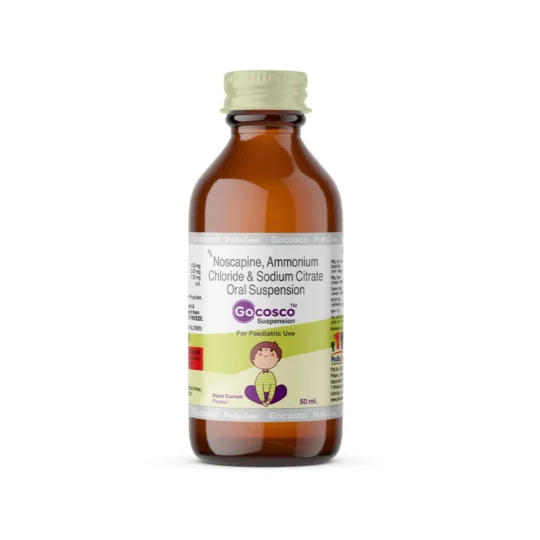Therapy/Class: Steroidal Anti-inflammatory / Corticosteroids
Mechanism of Action:
It prevents or suppresses inflammation and immune responses. At a molecular level, unbound glucocorticoids readily cross cell membranes and bind with high affinity to specific cytoplasmic receptors. This binding induces a response by modifying transcription and, ultimately, protein synthesis to achieve the steroid’s intended action. Such actions can include inhibition of leukocyte infiltration at the site of inflammation, interference in the function of mediators of inflammatory response, and suppression of humoral immune responses.
Indications:
- Allergic States
- Dermatologic Diseases
- Edematous States
- Endocrine Disorders
- Gastrointestinal Diseases
- Hematologic Disorders
- Neoplastic Diseases
- Nervous System Disorders
- Respiratory Diseases
- Rheumatic Disorders
- Tuberculous meningitis
Dosage & Administration:
- The range of initial doses is 0.14 to 2mg/kg/day in three or four divided doses (4 to 60mg/m2bsa/day). The standard regimen used to treat nephrotic syndrome in pediatric patients is 60 mg/m2/day given in three divided doses for 4 weeks, followed by 4 weeks of single dose alternate-day therapy at 40 mg/m2/day.
- In Asthma (uncontrolled by inhaled corticosteroids and long-acting bronchodilators): 1-2 mg/kg/day in single or divided doses. It is further recommended that short course, or “burst” therapy, be continued until a child achieves a peak expiratory flow rate of 80% of his or her personal best or symptoms resolve. This usually requires 3 to 10 days of treatment, although it can take longer.
HOW SUPPLIED:
TINYCORT SYRUP is available as syrup in 60ml pack.
References:
- Paediatr Child Health. 2020 Jul 28;26(4):e189-e193.
- Braz J Otorhinolaryngol. 2017 Nov-Dec; 83(6): 633–639
- Rheumatology, Volume 56, Issue suppl_2, April 2017
- BMJ Paediatr Open. 2019; 3(1): e000520.
- J Pediatr. 2003 Dec;143(6):725-30.






